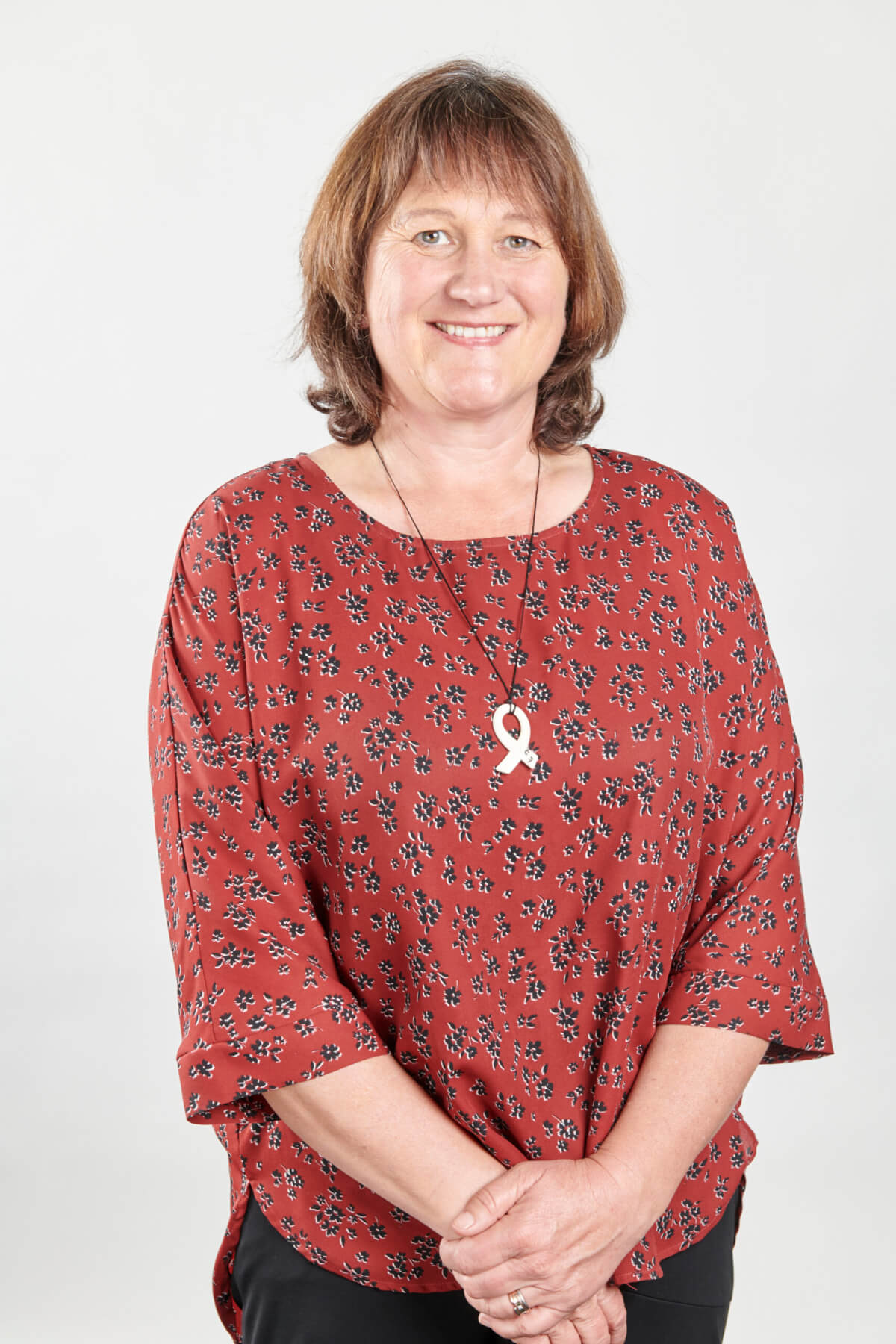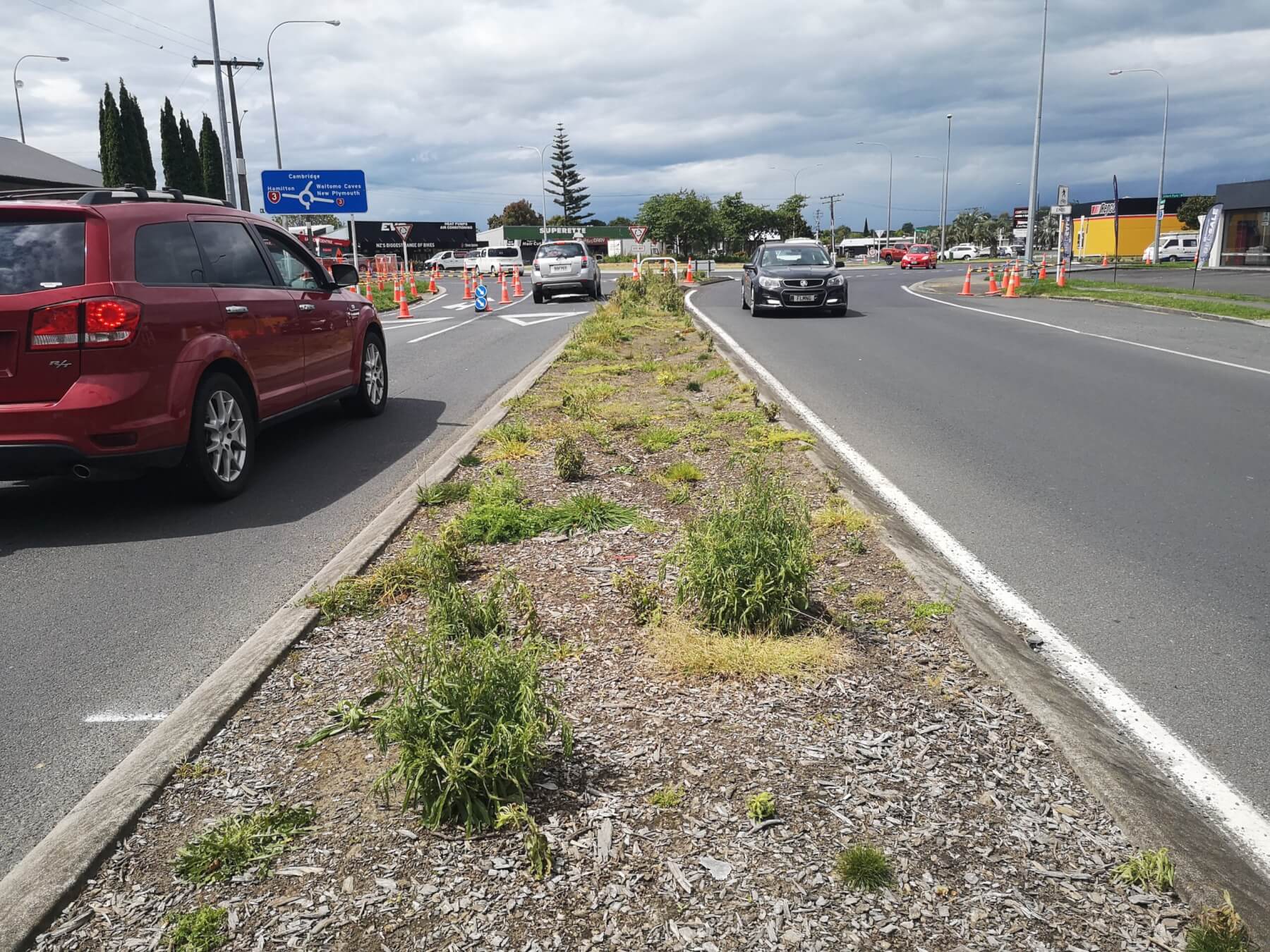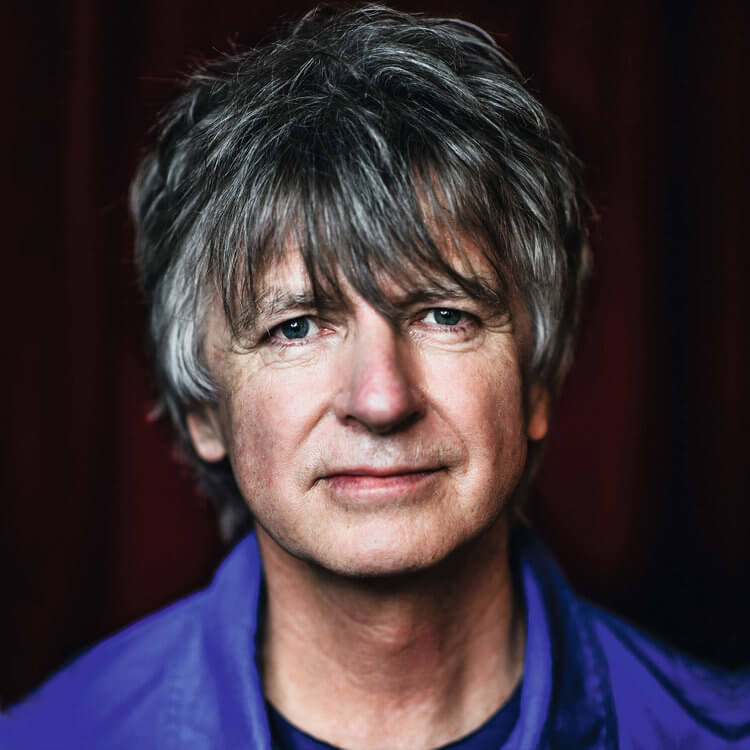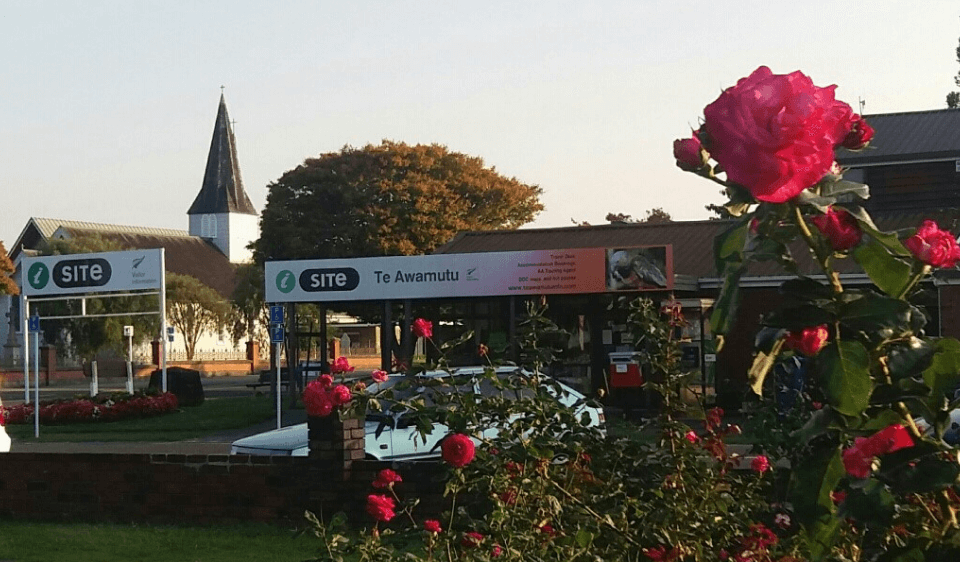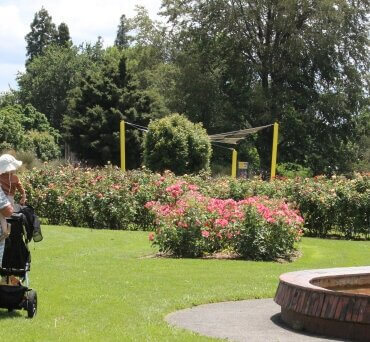
Te Awamutu Rose Garden
Rose Town is likely to remain the brand name for Te Awamutu after 60 per cent of the people surveyed said it was still a relevant tag line for the town.
But the ‘Who are we Te Awamutu’ survey reveals a lack of knowledge about the town’s history and culture with 41 per cent saying they had no idea what the town’s name means.
And 55 per cent did not know Waikato’s oldest surviving building is Te Awamutu’s Old St John’s Church and that it was built by Māori and pakeha in 1853.
The results were tabled at last night’s Te Awamutu and Kihikihi Community Board – after The News went to press.
A working group comprising board chair Ange Holt, deputy chair Kane Titchener, Chamber of Commerce chief executive Shane Walsh, Ngāti Apakura Runanga Trust chair Bill Harris and Te Awamutu Museum Trust chair Dean Taylor have reviewed the results and made recommendations.
They include retaining Rose Town, re-establishing a heritage trail and developing an iwi-driven master plan to acknowledge and treasure Te Awamutu’s Māori stories.
In her report, governance officer Keryn Phillips said if the board accepted the working group’s recommendations, it would need to work with council staff, mana whenua and residents.
The survey results could also feed through into Ahu Ake – the Waipā spatial plan, she said.
Just over 700 people responded to the survey – 69 per cent were female, 13 per cent were Māori and over two thirds were from Te Awamutu. More than 20 per cent were over 65 and 19 per cent under 18. Over a third felt not enough was done to celebrate and highlight Te Awamutu’s history, 41 per cent said Māori history was acknowledged and celebrated and nearly half said the town’s identity as a farming town was not showcased enough.
An analysis of the survey included in the board agenda noted there was very poor awareness of Te Awamutu history.
Only 59 per cent knew the meaning of the name Te Awamutu which refers to the end of possible canoe navigation of the Mangaohoi Stream due to snags – literally the end of the river.
While 402 people (60 per cent) of those who answered the question wanted the Rose Town moniker to remain – with another 83 people not caring – only 373 people knew anything about the Rose Gardens which led to the name’s adoption in 1969.
“The working group accepted that the majority were not ready for a change of identity,” said Phillips in her report.
The group recommended the Te Awamutu brand would benefit from an acknowledgement of its history and culture.
Elsewhere in the results, respondents gave Te Awamutu’s main shopping centre a poor rating saying there needed to be more planting, seating and gardens, improved car parking, better shops, more art sculpture and rid the main streets of trucks.
The survey respondents thought the town’s entrances needed replacing and enhancing.
Asked what Te Awamutu’s main claim to fame was, roses garnered more than half the votes with rural/farming second on 22 per cent. The Finn brothers – Tim and Neil who went on to become Split Enz and Crowded House – attracted 14 per cent of the vote.
Te Awamutu’s population in June last year was 13,550 making it Waikato’s fifth-largest urban area behind Hamilton, Taupō, Cambridge and Tokoroa.
The population of its Waipā sister town Cambridge – known as the Town of Trees – was 21,600 just under a year ago.
But not surprisingly, nearly two thirds of survey respondents said Te Awamutu was the most liveable town in the Waikato with Cambridge second on 24 per cent and Kihikihi third on seven per cent. A third live in Te Awamutu because they were born there or because of family and friends.




